
Easy Method: How to Polish Tarnished Jewelry
Wondering how to polish tarnished jewelry the right way? Start by gathering a soft cloth, mild dish soap, lukewarm water, and a soft-bristled toothbrush. Mix a bit of soap into the water, dip your jewelry in, and gently clean every surface—especially the crevices—with the brush. Rinse well, dry with a lint-free cloth, and finish by buffing with a jewelry polishing cloth for added shine. Always inspect for loose stones before cleaning. For longer-lasting sparkle, explore our Anti-Tarnish Jewelry collection, specially designed to resist dullness and stay radiant.
Understanding Why Jewelry Gets Tarnished
Although jewelry often looks durable, it’s actually vulnerable to tarnishing due to chemical reactions between metal alloys and substances in the environment. When you wear jewelry, exposure to air, moisture, sweat, and even everyday products causes these reactions.
The primary culprit is metal oxidation—when metals like silver or copper react with oxygen or sulfur-containing compounds. This process forms a dull, discolored surface layer, commonly known as tarnish.
Even gold jewelry isn’t immune; lower-karat gold pieces contain alloy metals that oxidize over time. Oils from your skin, perfumes, and lotions can accelerate tarnishing by facilitating more frequent chemical reactions.
Understanding the science behind metal oxidation helps you recognize why some pieces tarnish faster than others and why regular maintenance is essential for preserving appearance.
Gathering the Essential Cleaning Supplies
Before you start polishing tarnished jewelry, assemble all necessary cleaning supplies to guarantee an effective and safe process. You'll need a soft, lint-free cloth, a mild dish soap, a small bowl of lukewarm water, and a soft-bristled toothbrush for intricate areas.
For advanced cleaning techniques, keep a jewelry polishing cloth and, if dealing with silver, a silver polish specifically designed for jewelry care. Avoid harsh chemicals or abrasive pads, as these can damage delicate metals and gemstones.
Always have a pair of disposable gloves to protect your hands and prevent fingerprints on freshly cleaned pieces. Lay out a towel or non-slip mat to create a stable workspace and prevent accidental drops.
With these supplies ready, you’re set to maintain your jewelry’s brilliance.
Step-by-Step Guide to Polishing Your Jewelry
Once your supplies are organized, start by inspecting each piece of jewelry for loose stones or damaged clasps to prevent further harm during cleaning. If you notice any issues, set those pieces aside for jewelry repair before proceeding.
Next, use a soft-bristled brush or microfiber cloth to gently remove surface dust and debris. For deeper tarnish, apply your chosen cleaning solution using precise, circular motions, ensuring you reach intricate crevices.
Rinse thoroughly with lukewarm water to eliminate residue. Pat each item dry with a lint-free cloth, avoiding vigorous rubbing that could scratch delicate surfaces.
Finally, buff the jewelry using a specialized polishing cloth, enhancing shine and restoring luster. These cleaning techniques help maintain the integrity and appearance of your cherished pieces.
Tips for Handling Different Types of Metals and Stones
Since jewelry comes in a wide array of metals and gemstones, you’ll need to tailor your cleaning approach to each material’s unique properties.
For metal care, use a soft, lint-free cloth for gold and platinum, while sterling silver benefits from a designated silver polishing cloth. Avoid abrasive cleaners on plated jewelry to prevent removing the thin metal layer.
For gemstone safety, never soak porous stones like opal, turquoise, or pearl—wipe them gently with a damp cloth. Harder stones such as diamonds, sapphires, and rubies can tolerate mild soap and water, but always avoid harsh chemicals.
When cleaning pieces with both metal and stones, focus on the gentlest method required for the most delicate element to preserve the integrity of your jewelry.
Preventing Future Tarnish on Your Jewelry
Although regular cleaning restores shine, preventing tarnish begins with how you store and handle your jewelry. Always use proper jewelry storage: keep pieces separated in soft-lined compartments or anti-tarnish pouches to minimize exposure to air and moisture. Don’t store silver or gold in direct sunlight or humid areas, as these conditions accelerate tarnishing.
For maximum protection, insert silica gel packets or anti-tarnish strips in your storage containers to absorb excess moisture.
Handling your jewelry with clean, dry hands reduces the transfer of oils and contaminants. Before wearing, consider applying protective coatings, such as clear jewelry lacquers or specialized anti-tarnish sprays. These coatings create a physical barrier between the metal and environmental factors.
Reapply coatings periodically as recommended to maintain effectiveness and keep your jewelry shining.
Frequently Asked Questions
Can I Use Ultrasonic Cleaners for All Types of Jewelry?
You can't use ultrasonic cleaners for all jewelry types due to ultrasonic limitations and gemstone safety concerns. Avoid cleaning porous stones, pearls, or soft gems this way. Always check manufacturer guidelines before using ultrasonic cleaning on valuable jewelry pieces.
Is It Safe to Polish Jewelry With Gemstones at Home?
When considering DIY polishing, you need to prioritize gemstone safety. Some gemstones, like opals or emeralds, are soft and porous, making them vulnerable to damage. Always research your specific stone and use non-abrasive materials to avoid scratches.
How Often Should I Polish My Jewelry?
For ideal jewelry maintenance, you should polish your pieces every few months. Adjust polishing frequency based on how often you wear them—frequent use may require monthly care. Always assess material type to avoid unnecessary abrasion or damage.
What Should I Do if My Jewelry Is Antique or Heirloom?
If you have antique or heirloom jewelry, prioritize antique preservation and heirloom care. Avoid harsh chemicals or abrasive materials. Instead, use a soft cloth and consult a professional jeweler for detailed cleaning and proper long-term storage advice.
Are There Eco-Friendly Alternatives to Chemical Jewelry Cleaners?
You can choose eco-friendly solutions by mixing baking soda and water into a paste for natural cleaning. Gently rub the jewelry with a soft cloth, rinse thoroughly, and dry. Avoid harsh chemicals to protect delicate materials.
Conclusion
Now that you know exactly how to polish tarnished jewelry, you can keep your pieces looking brilliant with minimal effort. Always match your cleaning method to the metal and stones, using gentle supplies to avoid scratches. Regular maintenance and smart storage will help prevent future tarnish. By following these expert tips and techniques, you'll extend your jewelry's lifespan and preserve its shine, ensuring every piece stays as stunning as the day you got it.







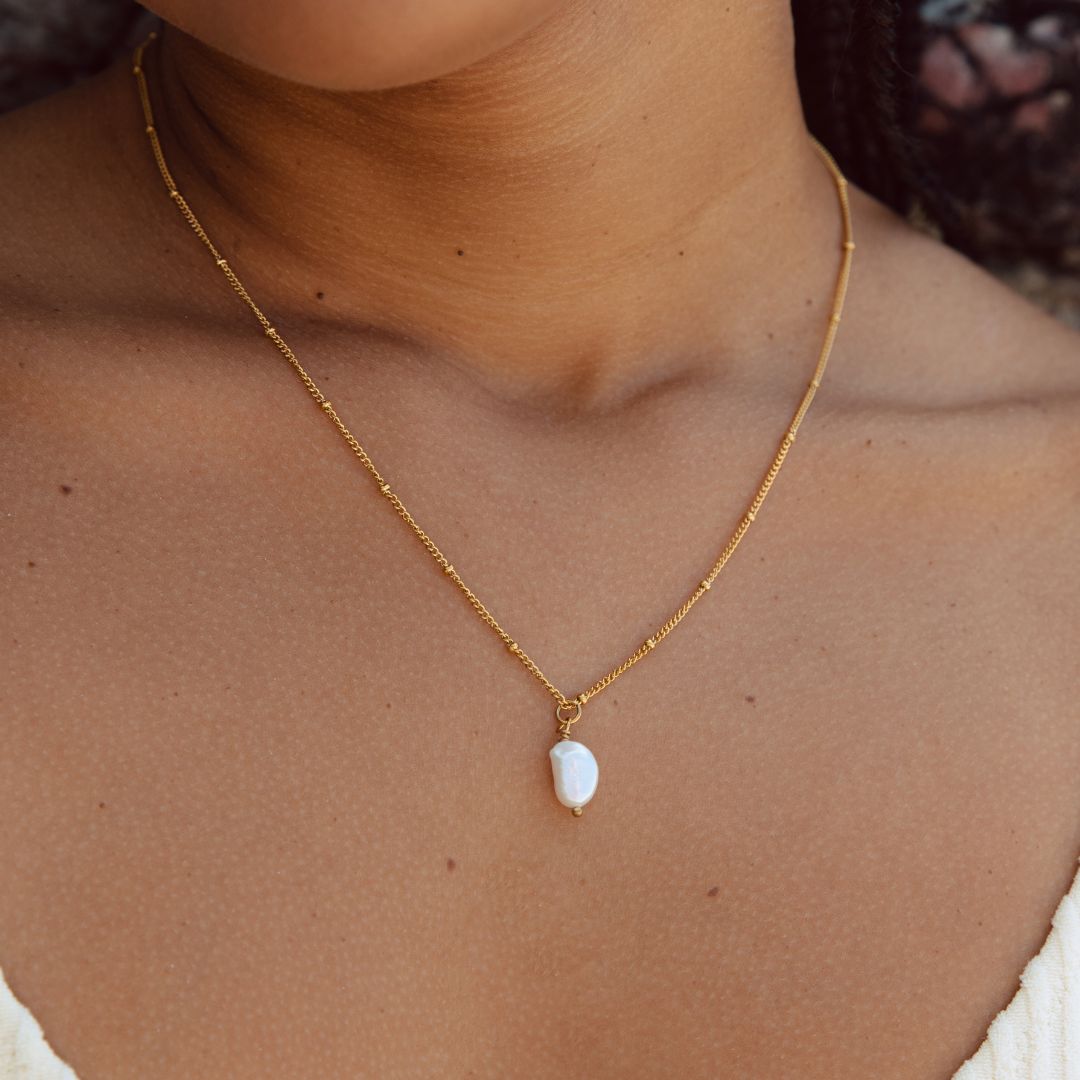

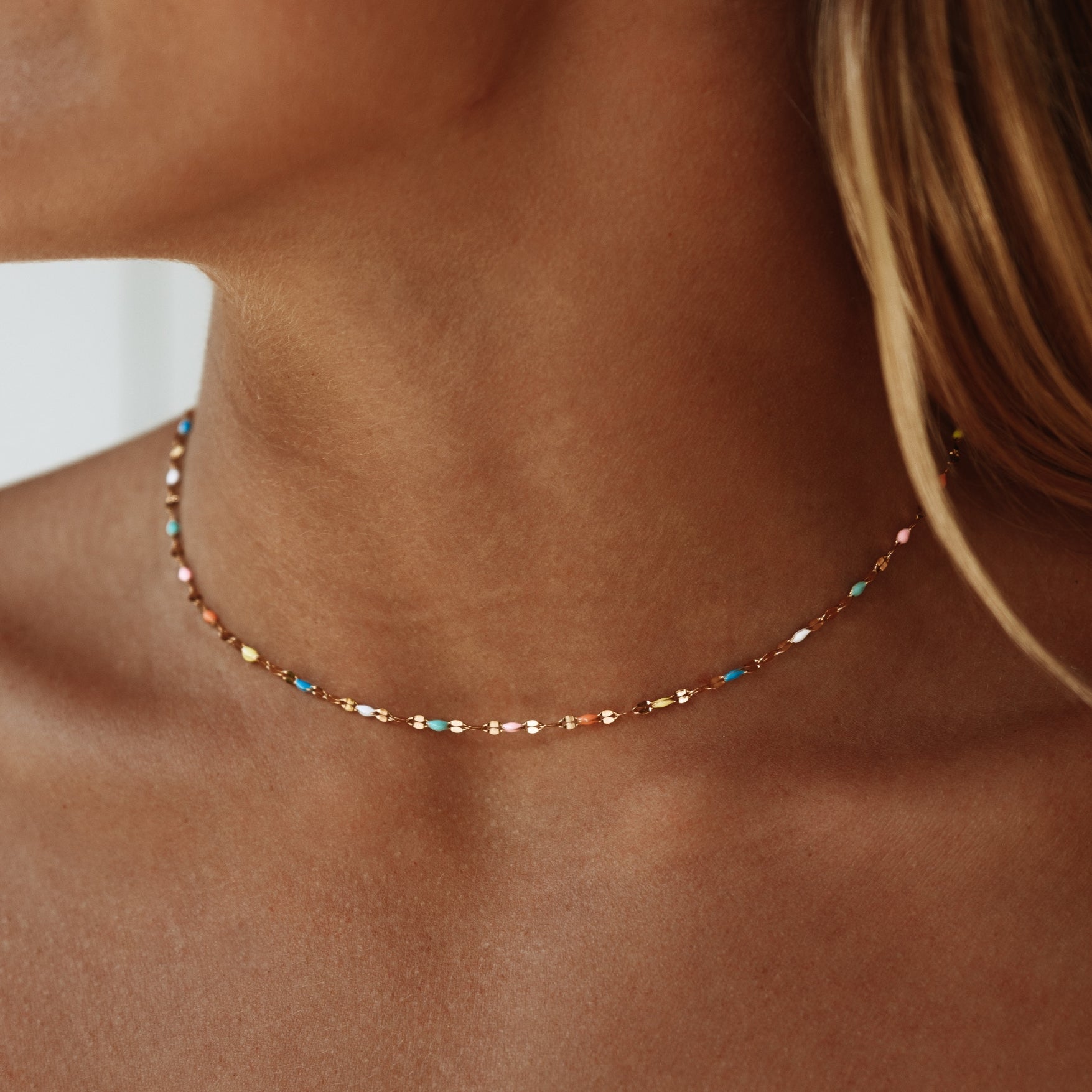


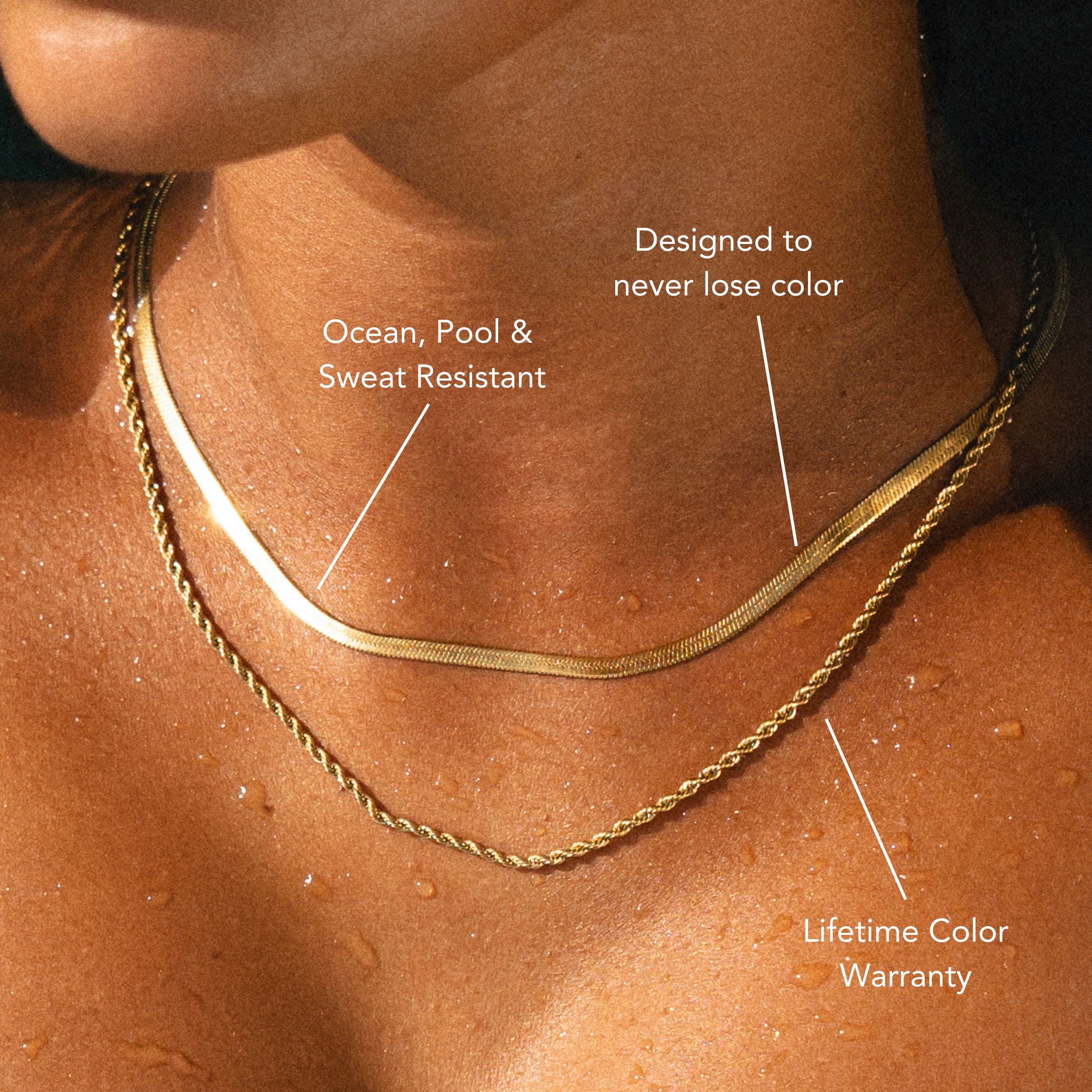
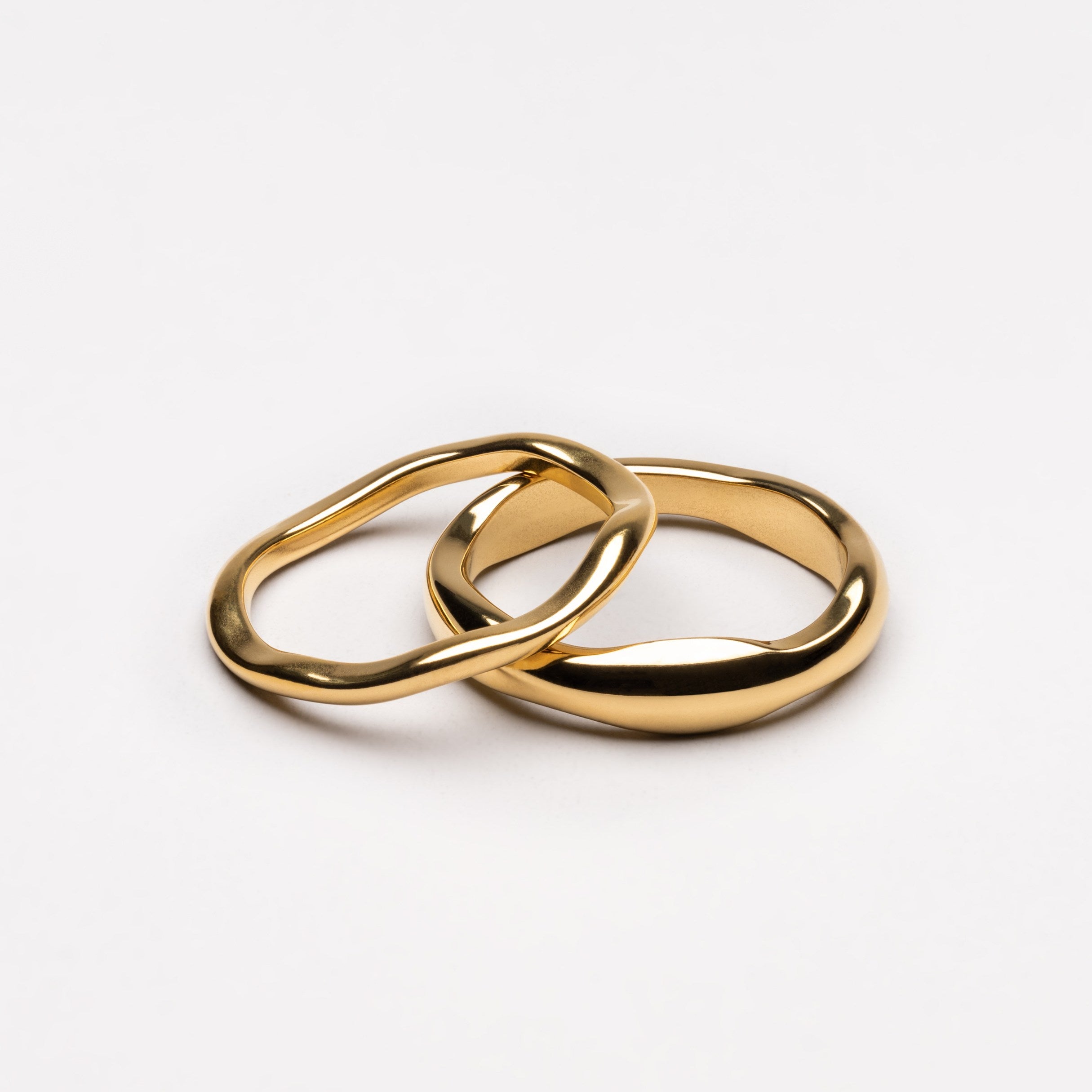
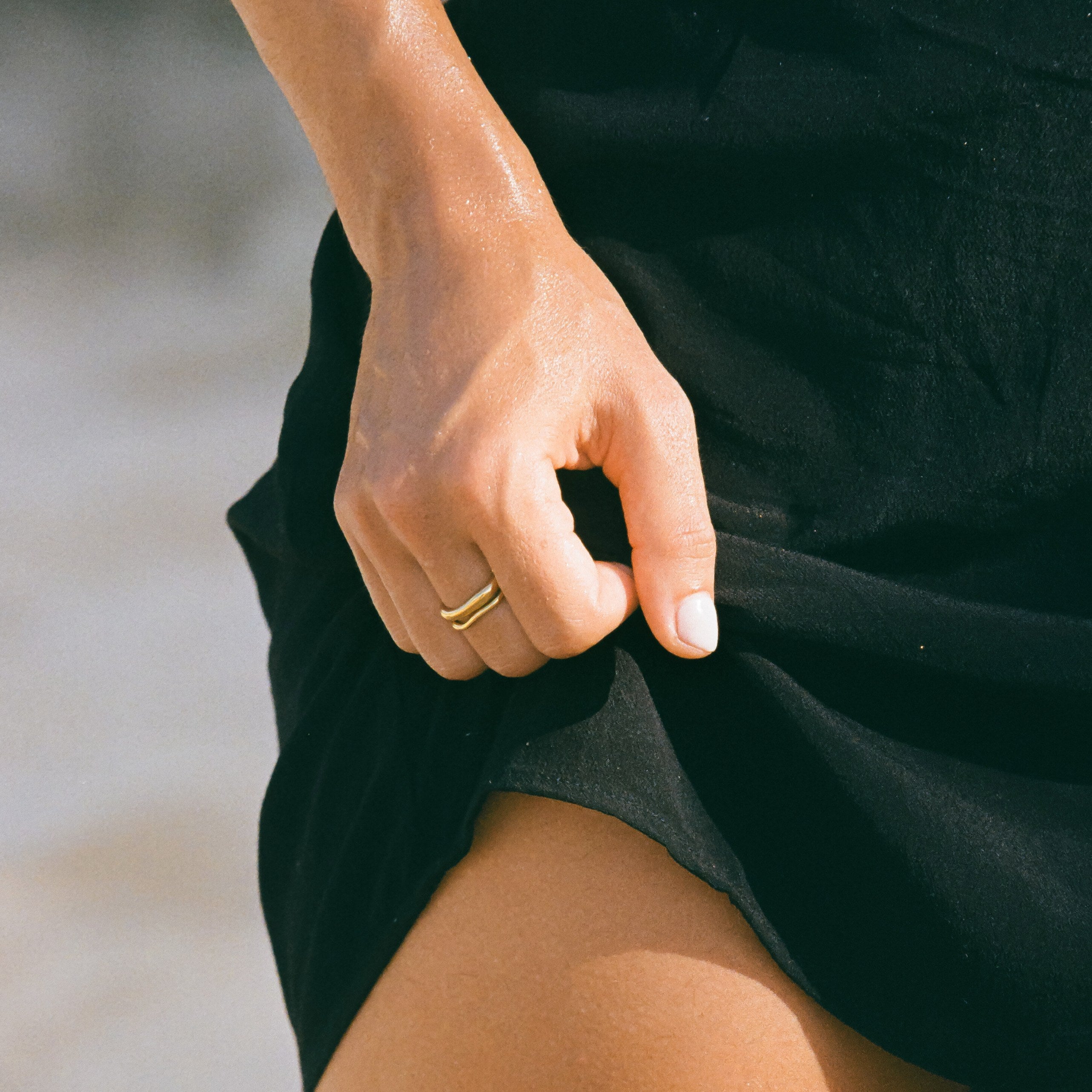

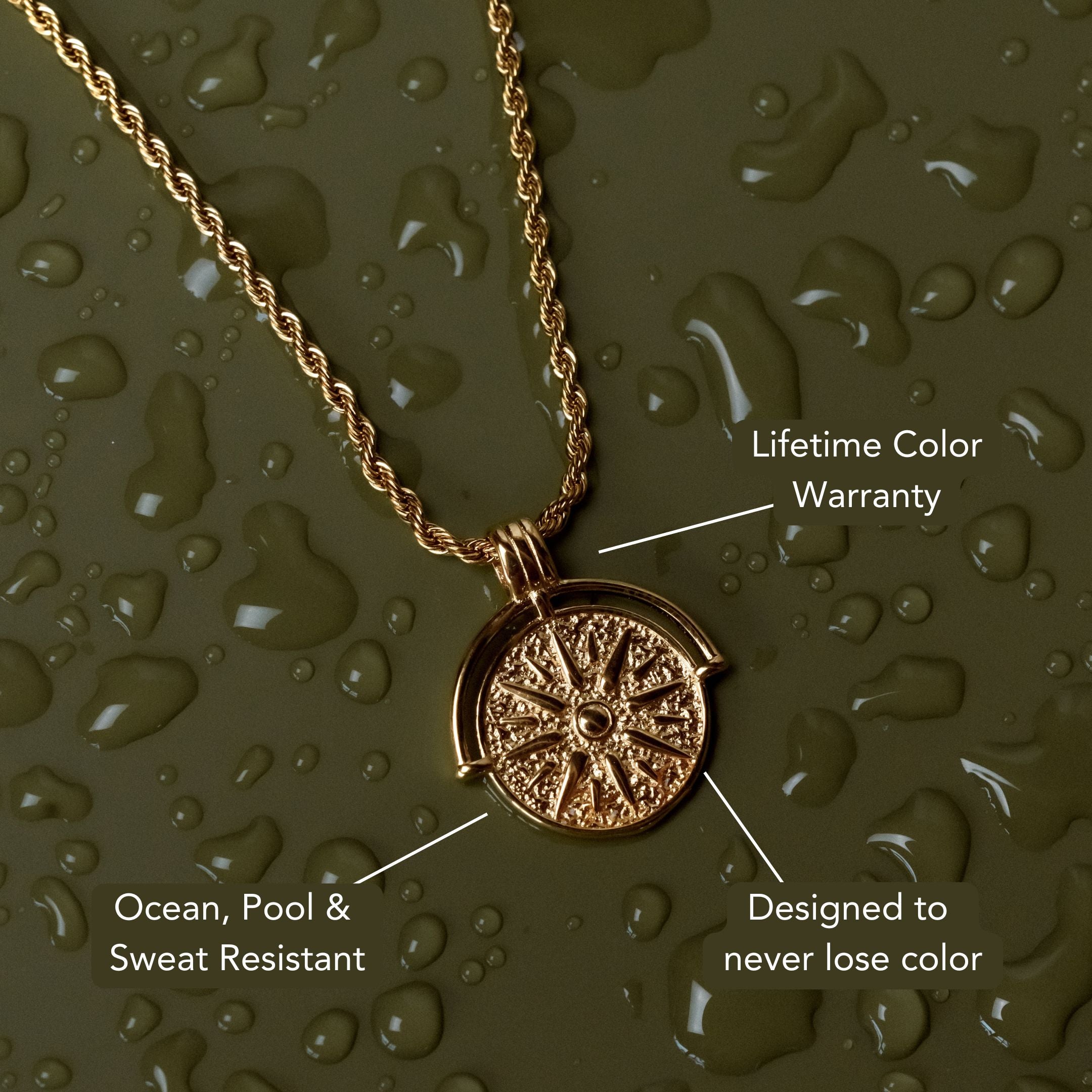

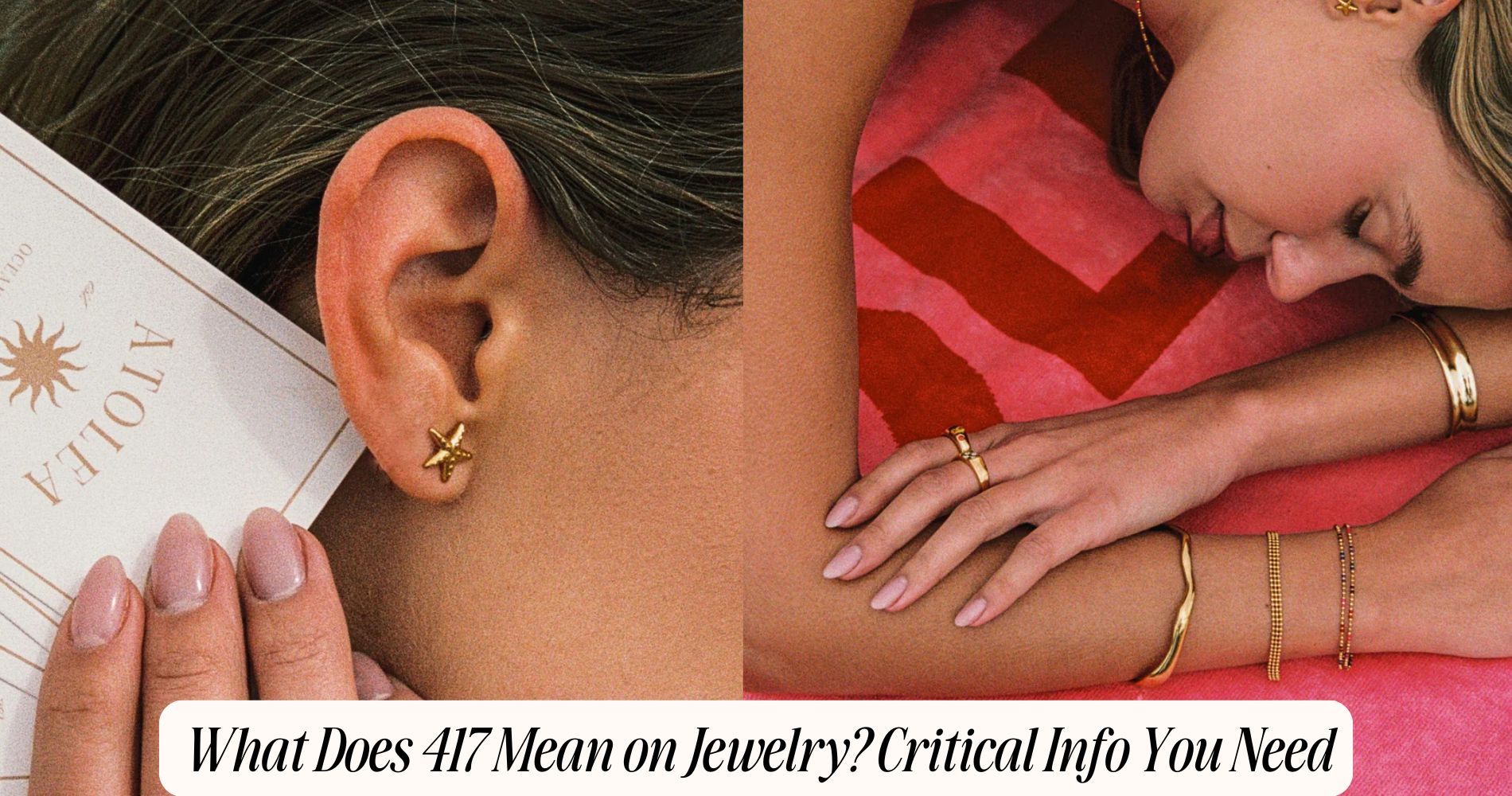




コメントを書く
このサイトはhCaptchaによって保護されており、hCaptchaプライバシーポリシーおよび利用規約が適用されます。